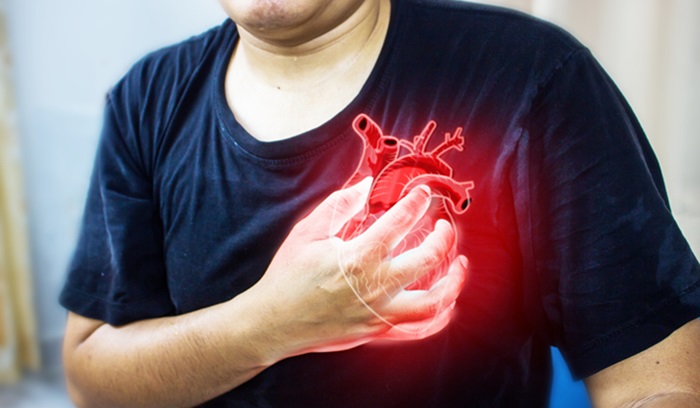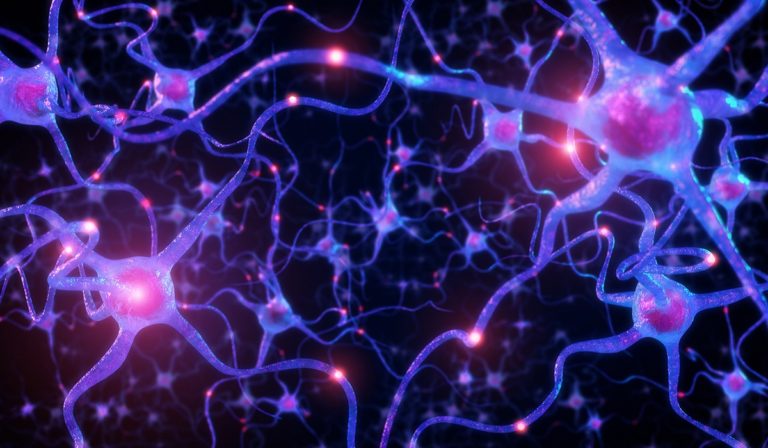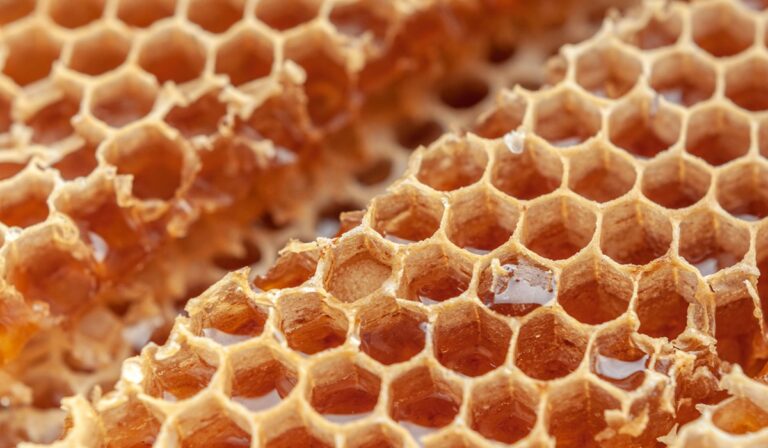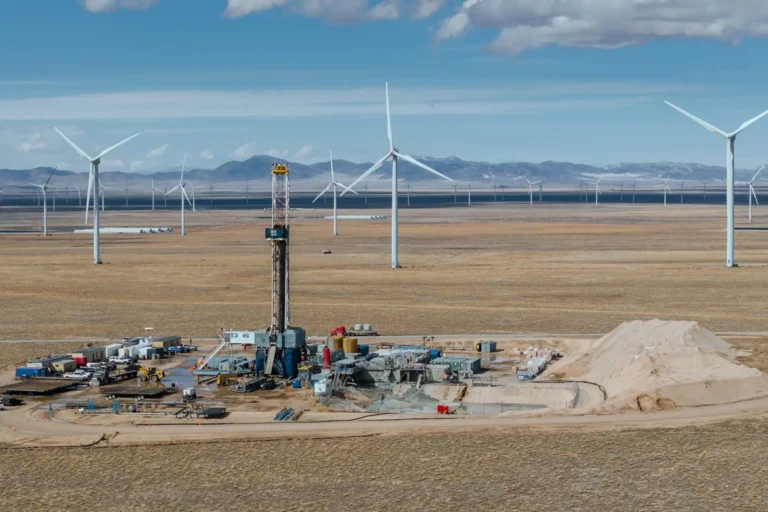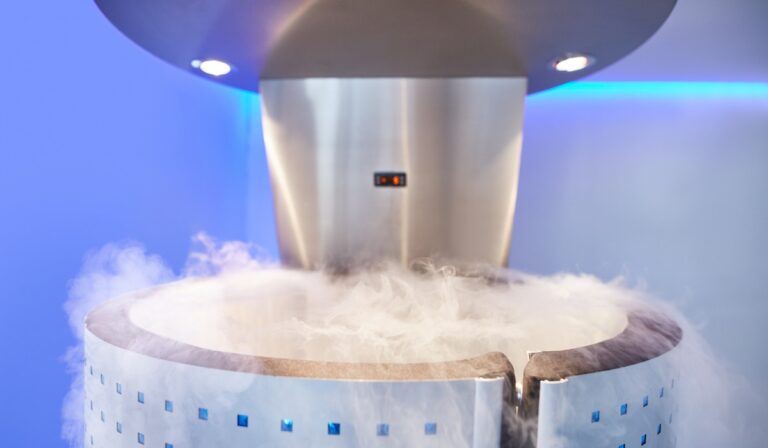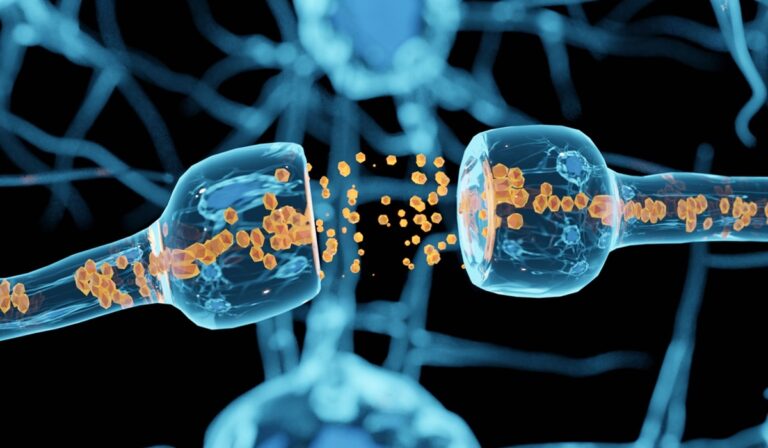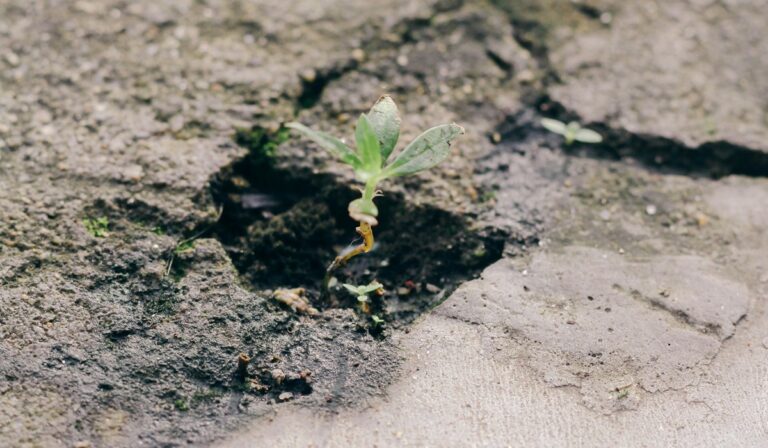New heart attack detector gives results in minutes, not hours
Someone presenting to the emergency room with a suspected heart attack will undergo a number of standard blood tests to determine heart muscle damage. The problem is that it can take one or two hours to receive the results. Now, Johns Hopkins University researchers have led the design of a tiny chip that diagnoses heart attack by detecting these important biomarkers in minutes rather than hours, even if they are present at very low concentrations. The researchers foresee an at-home heart attack detector in the future.
New heart attack detector gives results in minutes, not hours Read more

